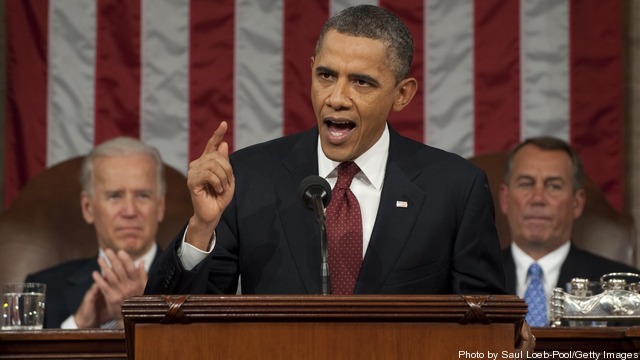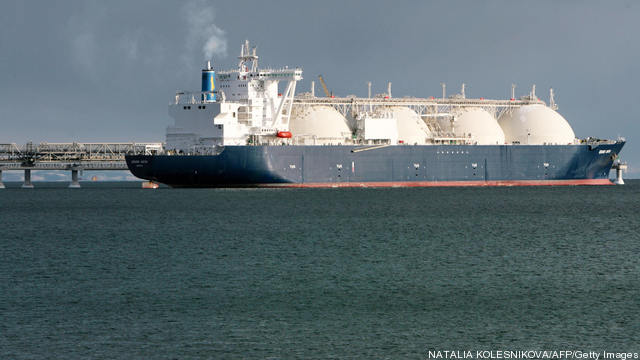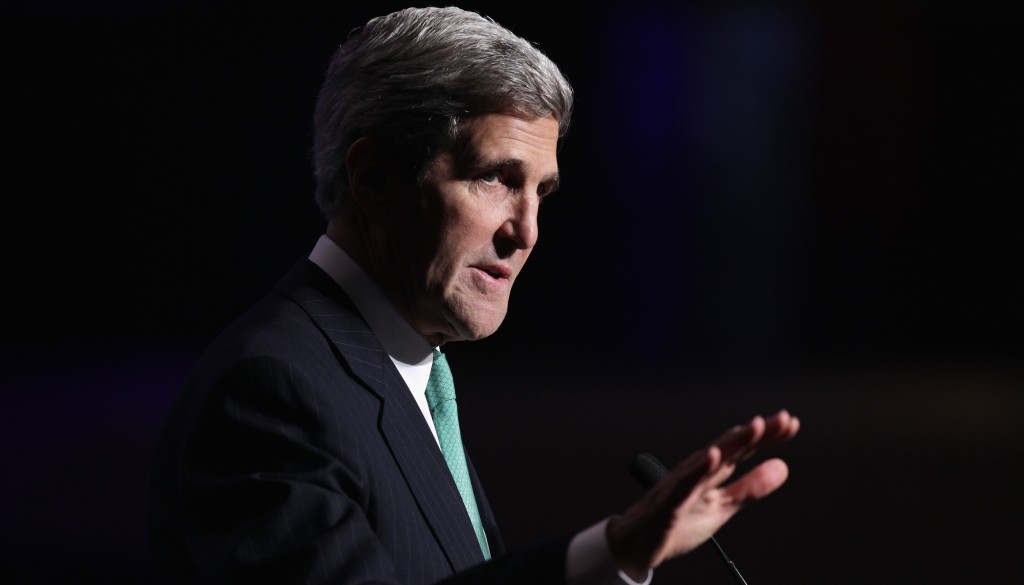By Catherine Boyle The fallout from the failure of a high-profile international meeting over Iran’s nuclear ambitions could be most felt in the cost of oil. The Brent crude price of oil rose towards $106 a barrel in early trading Monday morning, following the conclusion of the weekend’s meeting. Any signs that Iran is coming into the… Keep reading →
ClearView Energy Partners
Sign up and get Breaking Energy news in your inbox.
We will never sell or share your information without your consent. See our privacy policy.
Red-state voters spend more of their disposable income on energy than those in blue states, and this election year that has them seeing, well, red.
That’s among the conclusions of an analysis of energy and presidential politics done by Kevin Book, Managing Director of Research for ClearView Energy Partners in Washington, DC. Keep reading →

Energy policy in the US has been a prominent issue leading up to the elections this fall and the topic could gain momentum along the way. Commodity price manipulation, fracking, the Keystone pipeline and environmental regulations were just a few of the topics discussed at a breakfast panel held by the American Petroleum Institute in Washington DC this morning.
Recent upward trending US oil and natural gas production is great news for the nation, but the political system is driven by negatives, said former Senator and Congressman of North Dakota, Byron Dorgan. Keep reading →

In his third state of the Union speech, President Obama kept energy as “pillar” of economic recovery and made natural gas the pivot point.
While endorsing an “all of the above” energy strategy, he added little new from the policies of the last three years, and no real surprises. Keep reading →

President Obama upped the ante with Republicans Wednesday, saying their “rushed and arbitrary” 60-day deadline for finding whether TransCanada’s controversial Keystone XL pipeline is in the public interest was too short, and telling Secretary of State Hillary Clinton to reject the project.
Obama specified his decision was not made on the merits of the 1,700-mile pipeline from Alberta, Canada to a Nebraska terminal and then on to the Gulf of Mexico. The State Department said, “The Department’s denial of the permit application does not preclude any subsequent permit application or applications for similar projects.” Keep reading →

The hydraulic fracturing technology that opened vast US natural gas shale resources could be snared in what one analyst calls “a regulatory race to the top.”
The industry is arguing that regulation of hydraulic fracturing should stay at the state level, where it is traditionally managed. Environmentalists disagree, saying the states’ record is spotty and tougher federal standards are needed. The Environmental Protection Agency is studying the issues, and aims for proposed rules in 2014. Keep reading →

A federal appeals court may have handed the Obama administration a New Year’s election gift, ensuring the President won’t be forced to choose between electricity price spikes and his environmental constituency this summer.
The US Court of Appeals in Washington stayed the Environmental Protection Agency rule tightening caps on sulfur and nitrogen oxides, the Cross-State Air Pollution Rule (CSAPR), late on Dec. 30. The court told EPA to keep using the Clean Air Interstate Rule temporarily.
CAIR was written in 2005 by the Bush administration, invalidated by the court in 2008, and left it in effect until a new rule could be written. So 2012 will be the fourth year governed by CAIR standards. Keep reading →

Congressional deadlock means two game-changing Environmental Protection Agency rules are poised to take effect unless a court stops them or the White House weighs in.
The rules will cost electric utilities and their ratepayers billions. But the utility industry itself is split between those that have invested to lower their air pollution ahead of federal regulation and say stricter standards can be met, and those who remain highly coal-dependent and contend the EPA is forcing changes so fast it will endanger electric reliability. Keep reading →

Producers want to export natural gas equaling 20% of current US consumption to overseas markets where the gas sells for up to five times the US price.
US officials and experts are struggling to figure out whether allowing all those exports will hike prices for US consumers. Keep reading →

Doubts are building about the survival of the only functioning US market for emissions that contribute to global warming.
Designed to limit emissions of carbon dioxide from power plants, the Northeast Regional Greenhouse Gas Initiative is facing a future already less carbon-intense than its designers envisioned, but not always for the most heartening reasons. The struggling economy and widespread uptake of cheap natural gas in recent years have both weighed on prices and trading in the market. Keep reading →

